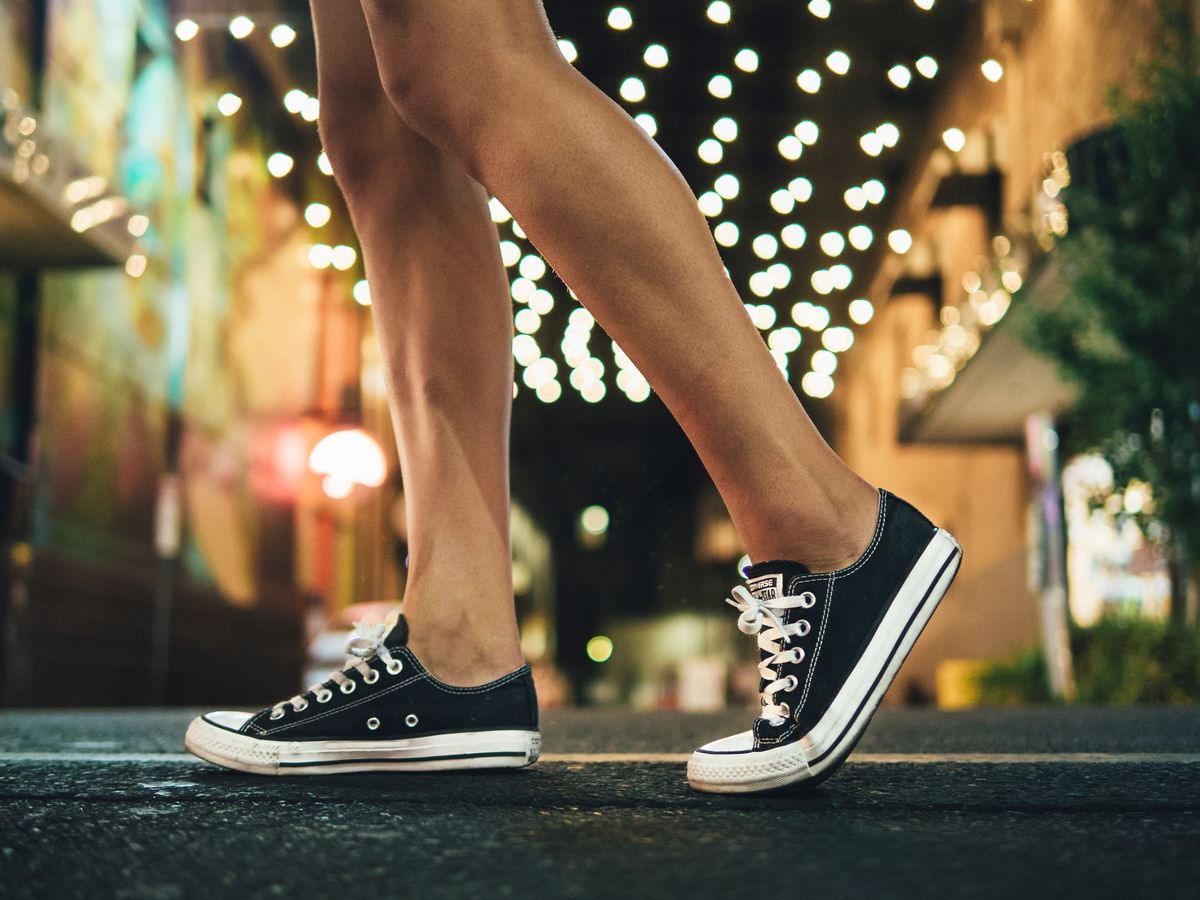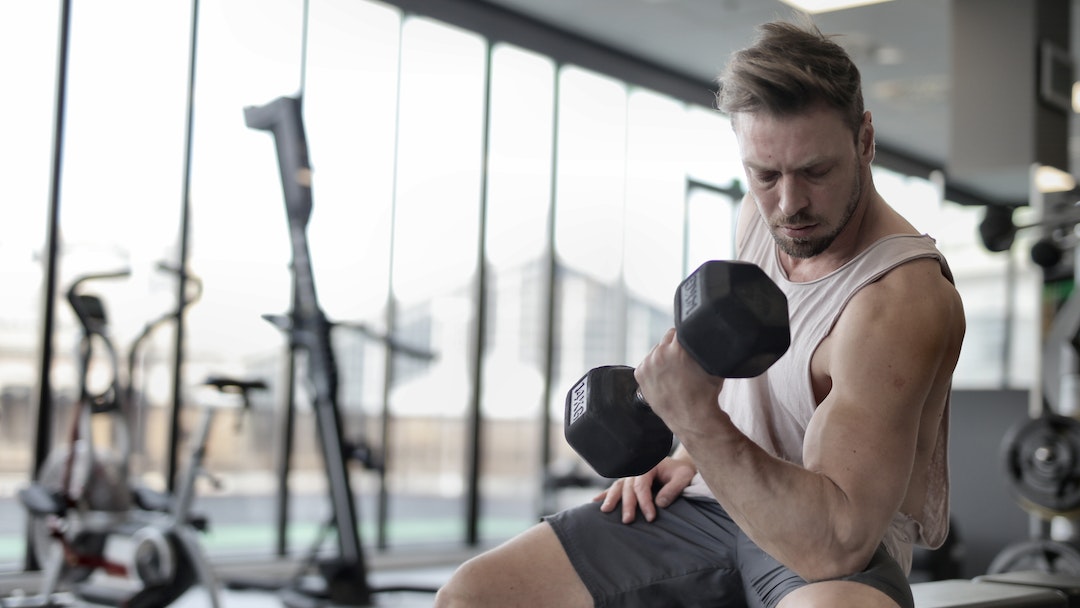Runners are prone to sports injuries. Calf strain, for example, is a condition that mostly affects the gastrocnemius and soleus muscles.
Because the soleus muscle’s major role is maintaining the ankle joint balance and helping push the foot off the ground, it’s a common complaint when it is injured.
Daily tasks and recreational activities can be exceedingly difficult by a soleus muscle tension or injury.
This article will provide crucial information regarding your troublesome soleus muscle discomfort and how to treat it.
Looking for natural pain remedies that work? Then you need to test our efficient hemp products for nerve pain, stiffness, and soreness! Get in touch with us today!
Related: Joint Pain: How to Better Manage Your Pain Now
What is the Soleus Muscle?

The soleus muscle is a big muscle that runs along the back of your lower leg.
Walking, running, and jumping all activate the soleus muscle. Your ability to conduct these fundamental but vital functions may be compromised if your soleus is injured.
Your calves are made up of two muscular groups:
Your gastrocnemius (medial and lateral heads) is your first muscle, and your soleus is your second. The Achilles tendon connects the two muscles, which insert on the rear side of your heel bone, the calcaneus.
According to many professionals, the triceps surae is a muscle group that includes the two heads of the gastrocnemius (calf muscle) and the single soleus muscle.
What Is Its Function?
The soleus muscle is a strong muscle used in almost all weight-bearing activities.
The soleus muscles accomplish plantar flexion. The motion of your foot and toes pointing down is known as plantar flexion. The soleus muscle collaborates with the calf muscle to complete this activity.
As you walk, ascend, and descend stairs, your soleus muscle is stretched slightly. During running and other sports that entail jumping and hopping it is also stretched.
This muscle stores energy when stretched, which it releases when it contracts and shortens.
When you stand on one foot, the soleus muscle assists you in maintaining adequate balance. It has high endurance and can endure contractions and carry workloads for long because it is largely made up of slow-twitch muscle fibers.
The soleus muscle also helps pump blood back to your heart from your lower leg.
What are the Symptoms?
Runners frequently suffer from soleus issues. Overtraining and fatigue are typical injuries among long-distance runners.
Athletes who sprint, such as badminton and basketball players, and other sports requiring quick, sudden movements and jumping, are prone to soleus strain.
To avoid and limit soleus damage, athletes are frequently urged to undertake calf lift exercises.
Some common symptoms of soleus muscle injury are:
- Pain in the muscle area.
- Feeling pain during & after the activity.
- Pain during walking, jumping & running activities.
- Swelling & redness in the muscle pain area.
- Tender points are present in the muscle pain area.
- Feel tightness in the muscle.
- Weakness in the muscle area while performing activities.
We may also injure this muscle while doing leg workouts. If your legs are sore after a workout day, here is how you can recover fast.
Related: How to Reduce Inflammation in the Body Fast
How To Self Test if you’ve Injured Your Soleus Muscle:
Bent Knee Heel Raises
Stand barefoot, shoulder-width apart, with your feet parallel. Bend your knees as much as you can while maintaining your heels on the floor and your back straight.
The next stage is repeatedly raising onto your feet balls while maintaining your knees bent. If you experience discomfort or agony, it could be a soleus muscle strain.
Single Leg Bent Knee Heel Raises
Stand on the afflicted leg and support yourself by gripping something. To assess if there is any discomfort, rise onto the ball of the foot while maintaining the knee bent.
Alignment Test
Stand naturally and examine the alignment of your feet. Feet that are properly aligned are parallel or turned outward by no more than 5 degrees.
The feet in a pronated position rotate roughly 10–20 degrees. When someone bends their knees, their feet point outward, and they walk straight forward.
Treatments for Soleus Muscle Pain

If you are beginning to feel pain in the Soleus muscle, doctors may advise you to apply the RICE guide to release the muscle pain & swelling.
- R – rest = When you’re in pain, your doctor may urge you to rest for a few days and avoid doing anything that causes muscle pain. For a few days, you can use crutches to reduce the weight you put on your leg.
- I – ice = To relieve muscle pain and swelling, apply ice to the troublesome muscle area for 20 minutes. In the area of pain, you may also apply an ice pack and frozen peas but always apply the ice with the help of a cloth to avoid ice burn.
- C – compression = You can also use a compression bandage to reduce edema and spam in the area of muscle pain.
- E – elevating = To relieve swellings, you must elevate the area of pain by placing pillows beneath the foot.
Physiotherapy Treatment
Muscle soreness, edema, spam, and tightness can be relieved with physiotherapy treatment.
Massage, electrotherapy, stretching, exercise, and strengthening are all part of the physiotherapy treatment.
When soleus muscle pain manifests as pain & trigger points during physiotherapy treatment, the therapist is instructed to massage the affected area.
How To Properly Massage:
- Effleurage massage is mostly used to alleviate muscle pain. It is applied to the area of muscular soreness for 5 to 10 minutes using oil and powder.
- Massage in a circular motion.
- Get the help of a messenger.
Hemp Muscle Rubs
These types of aches respond well to a variety of natural remedies. If you’re looking for something natural, try our doctor-formulated Hemp Muscle Rub.
The soothing pain relief of menthol and Chinese herbs is combined with 500 mg of hemp isolate in our Hemp Muscle Rub, making it ideal for sore or injured skin and muscles.
The roll-on application method makes the application easier and boosts the absorption rate of the formula in the target area. Visit Herbal Ice for more information on how to treat various wounds.
Related: Plantar Fasciitis: Causes & Treatment of Bone Spurs
In Conclusion
Recovery from a soleus muscle strain might take time, and it may necessitate temporarily discontinuing some of your typical activities, such as sports.
The sooner you address the issue with effective treatment, including soleus exercises, the sooner you may return to your normal routine.
Massages on a regular basis may also help you get great results. To get the best results, use the RICE method and our natural doctor-formulated products.
Looking for high-quality health and wellness products to assist your nerves and muscles function at their peak? Use our natural doctor-formulated products to help you get rid of those bothersome sores!



